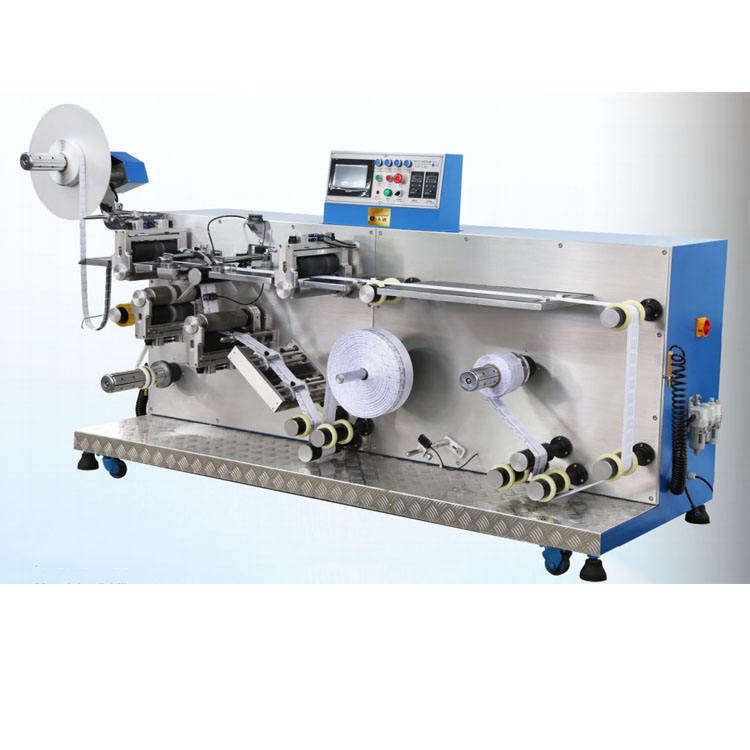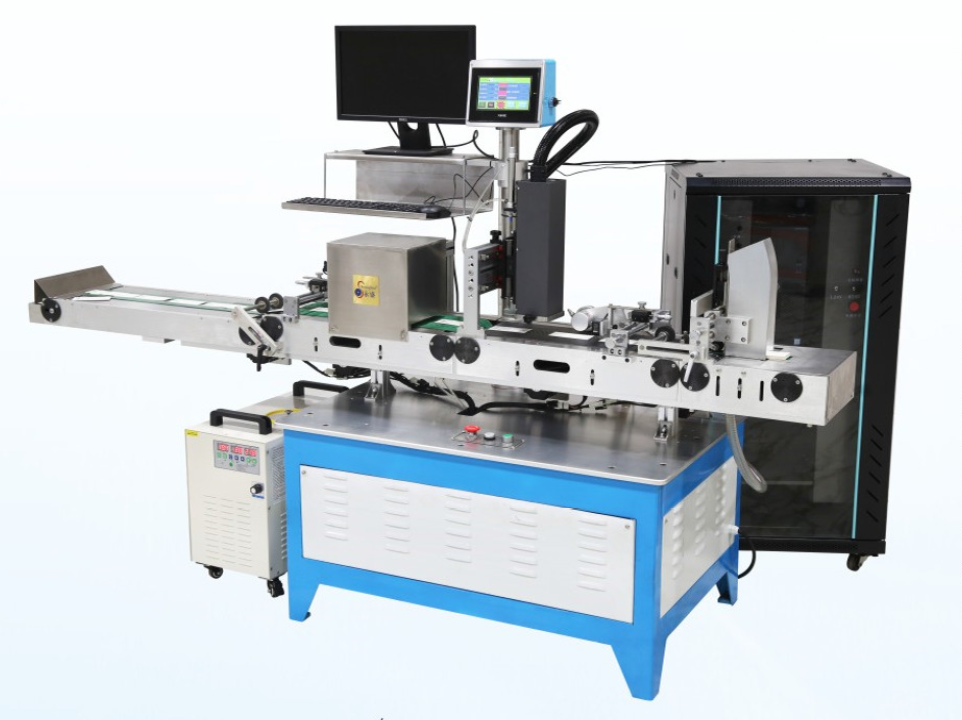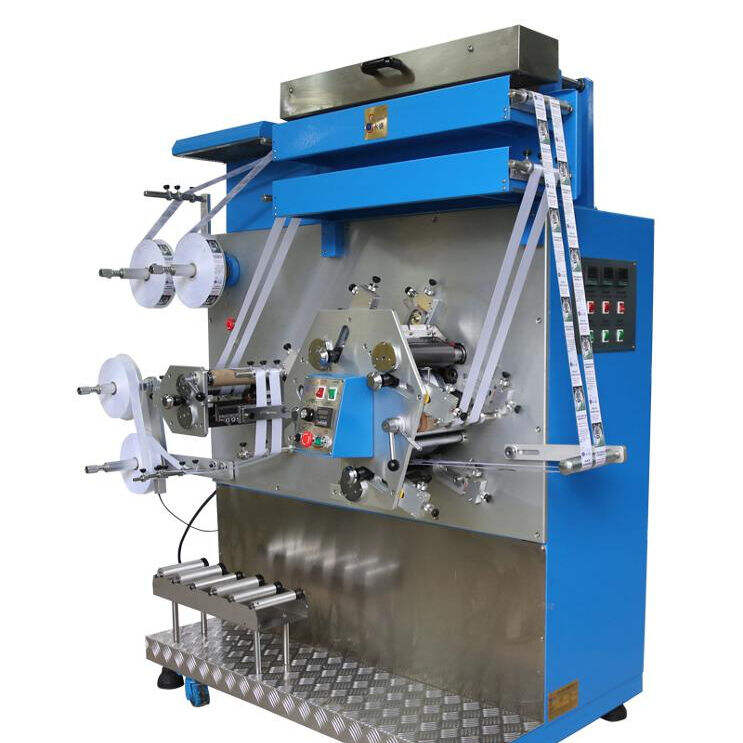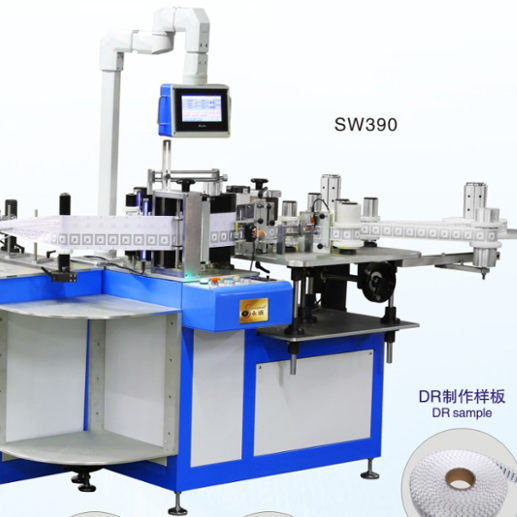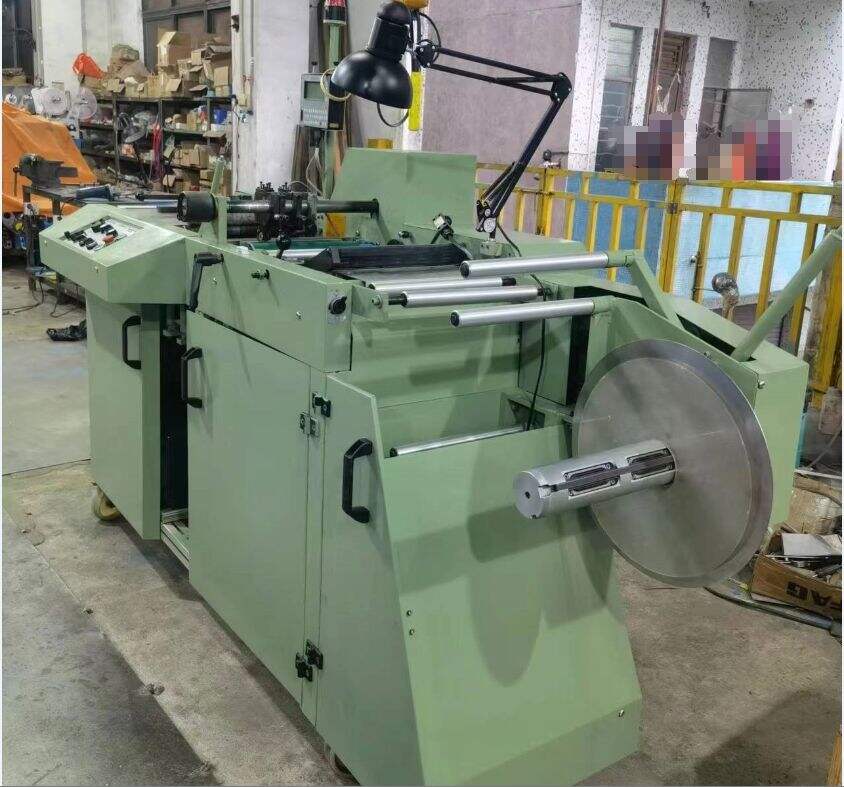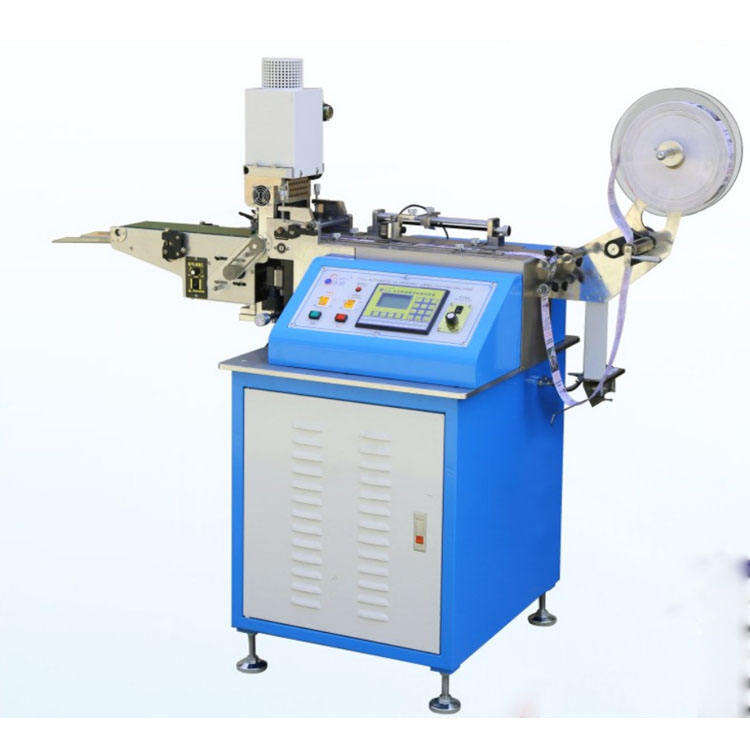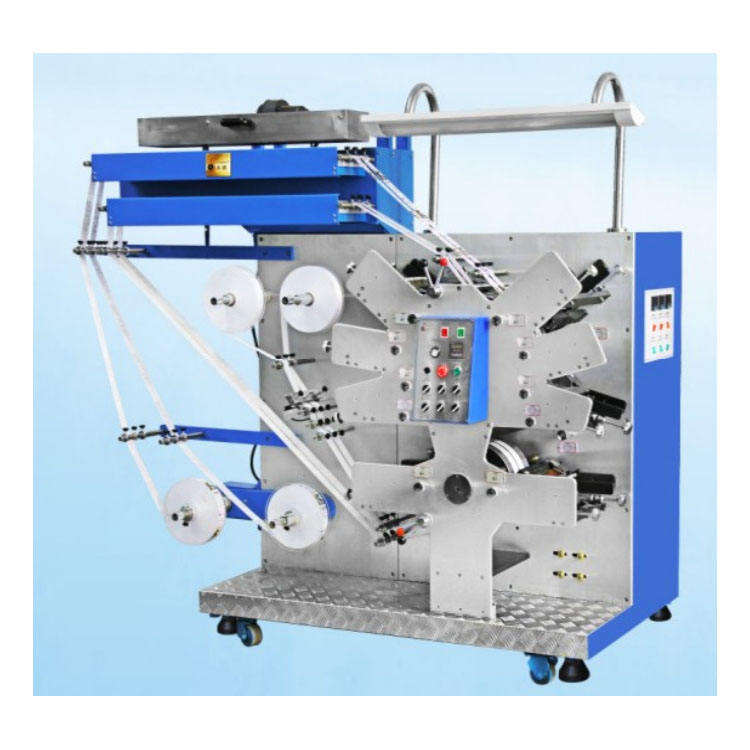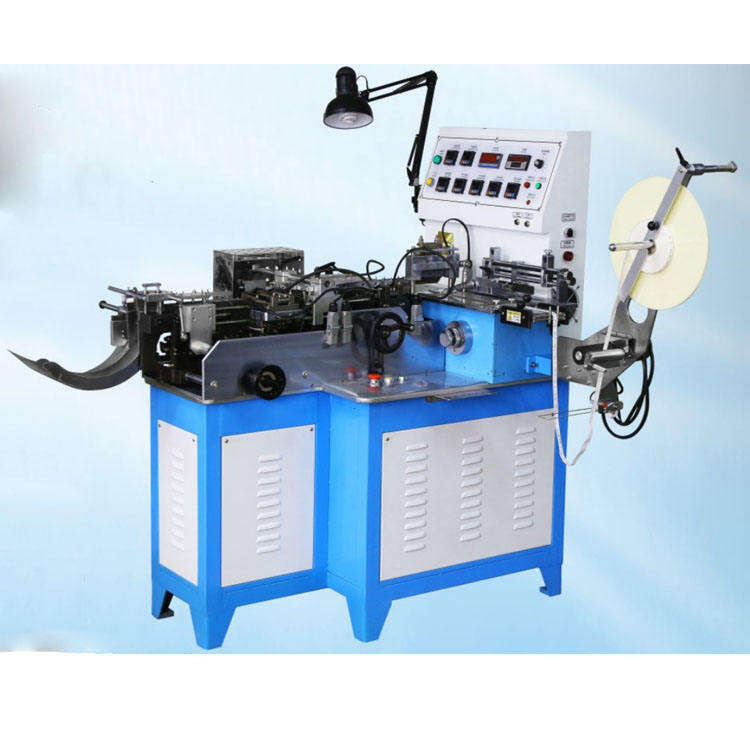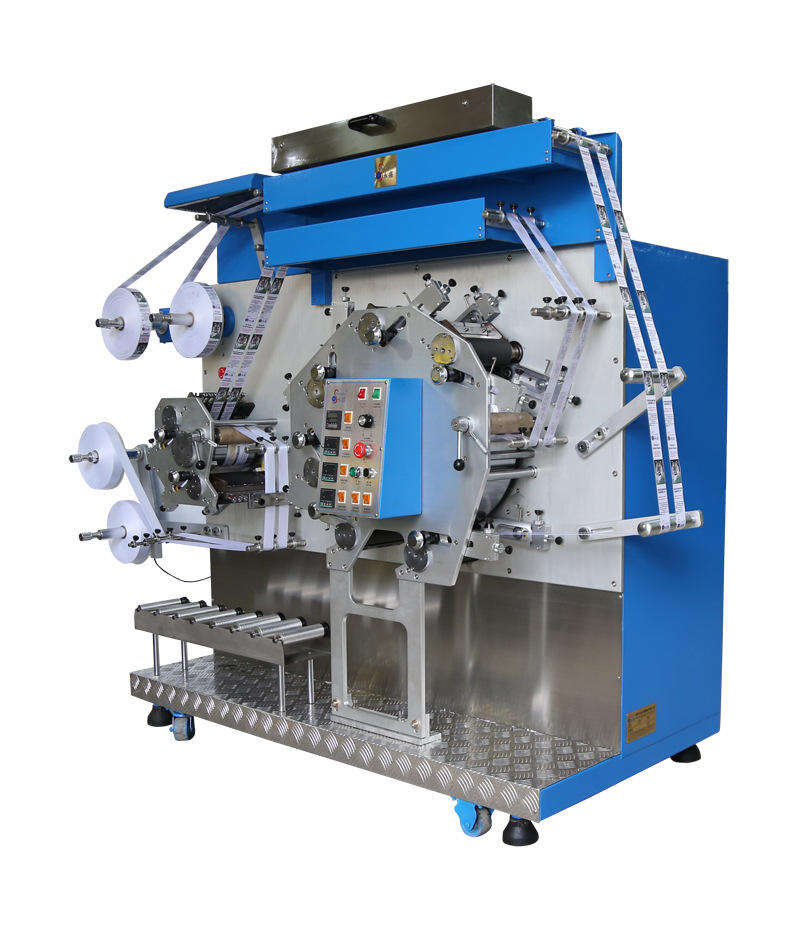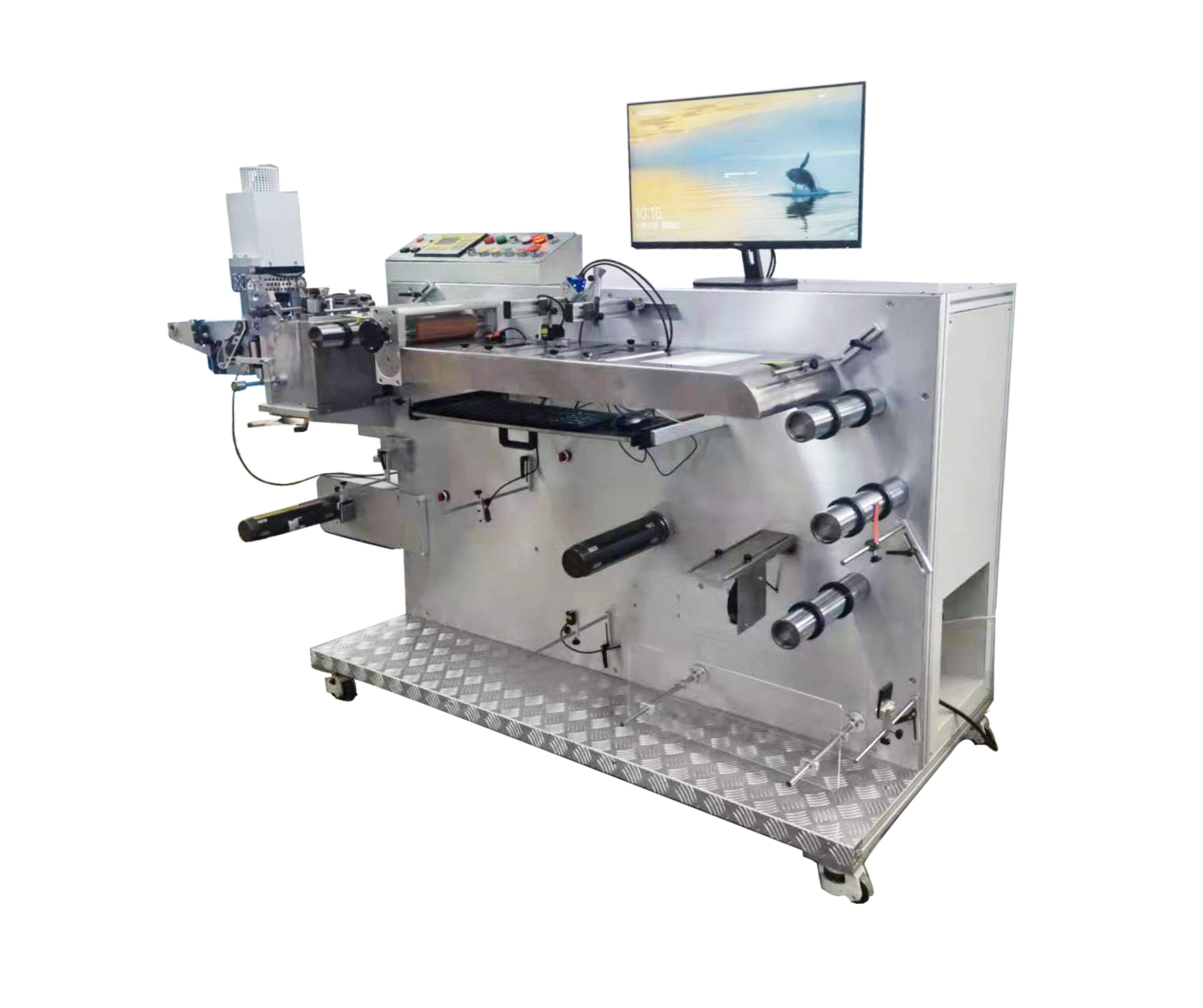Why a Cut Fold Machine Is a Key Asset in Carton Manufacturing
Revolutionizing Carton Production Through Advanced Machinery
The packaging industry has witnessed remarkable transformations over the years, with the cut fold machine emerging as a cornerstone technology in modern carton manufacturing. These sophisticated machines have redefined how businesses approach packaging production, offering unprecedented levels of efficiency, precision, and scalability. As consumer demands evolve and sustainability becomes increasingly important, manufacturers are recognizing the strategic advantage of investing in cutting-edge folding and cutting equipment.
The integration of cut fold machines into production lines represents more than just an operational upgrade – it's a strategic decision that impacts everything from production capacity to market competitiveness. These machines handle the crucial tasks of cutting and folding cartons with remarkable accuracy, ensuring consistent quality across large production runs while minimizing material waste and labor costs.
Essential Features of Modern Cut Fold Machines
Precision Engineering and Control Systems
Modern cut fold machines incorporate advanced engineering principles that ensure exceptional accuracy in every cut and fold. The sophisticated control systems allow operators to make precise adjustments to cutting depths, folding angles, and production speeds. This level of control is essential for maintaining consistent quality across different carton designs and materials.
The integration of servo motors and digital controls enables these machines to maintain tight tolerances throughout extended production runs. This precision not only improves the final product quality but also significantly reduces material waste and the need for quality control interventions.
Automation and Smart Technology Integration
Today's cut fold machines feature advanced automation capabilities that streamline the entire production process. From automatic material feeding to synchronized cutting and folding operations, these systems minimize human intervention while maximizing output. Smart sensors continuously monitor operations, adjusting parameters in real-time to maintain optimal performance.
The integration of Industry 4.0 technologies allows cut fold machines to communicate with other production equipment, creating a seamless manufacturing ecosystem. This connectivity enables real-time production monitoring, predictive maintenance scheduling, and detailed performance analytics.

Operational Benefits and ROI Considerations
Enhanced Production Efficiency
The implementation of a cut fold machine can dramatically increase production throughput compared to manual or semi-automated processes. These machines can handle hundreds of cartons per minute while maintaining consistent quality standards. The reduction in setup times and the ability to quickly switch between different carton designs further enhances operational efficiency.
Labor costs see significant reduction as one operator can manage multiple machines, monitoring performance and making adjustments as needed. This improved labor efficiency allows manufacturers to redirect workforce resources to more value-added activities.
Quality Consistency and Waste Reduction
Cut fold machines excel at maintaining consistent quality across entire production runs. The precise control over cutting and folding operations ensures that every carton meets exact specifications, reducing rejection rates and material waste. This consistency is particularly valuable when producing high-end packaging or meeting strict client requirements.
Advanced waste reduction features, such as optimal material utilization algorithms and scrap recycling systems, help manufacturers minimize their environmental impact while improving profitability. The reduction in material waste can lead to substantial cost savings over time.
Future Trends and Technological Advancements
Digital Integration and Smart Manufacturing
The future of cut fold machines lies in deeper integration with digital manufacturing systems. Machine learning algorithms are being developed to optimize production parameters automatically, while artificial intelligence helps predict maintenance needs and prevent downtime. These advances are making cut fold machines more intelligent and self-sufficient.
Cloud connectivity enables remote monitoring and management of multiple machines across different locations, allowing manufacturers to optimize their operations on a global scale. This connectivity also facilitates data-driven decision-making and continuous process improvement.
Sustainability and Energy Efficiency
Manufacturers are increasingly focused on developing more energy-efficient cut fold machines that maintain high performance while reducing power consumption. New designs incorporate regenerative systems that capture and reuse energy from braking mechanisms, while smart power management systems optimize energy usage during operation.
Environmental considerations are driving innovations in machine design, with newer models capable of processing eco-friendly materials and reducing waste through more efficient cutting patterns and improved material handling systems.
Frequently Asked Questions
What maintenance requirements do cut fold machines have?
Cut fold machines require regular maintenance to ensure optimal performance, including daily cleaning of cutting surfaces, regular lubrication of moving parts, and periodic calibration of control systems. Manufacturers typically recommend scheduled maintenance intervals based on operating hours or production volume. Following these maintenance schedules helps prevent unexpected downtime and extends machine life.
How long does it take to train operators on a new cut fold machine?
Operator training typically takes between one to two weeks for basic operations, with additional time needed for advanced features and troubleshooting. Modern machines with intuitive interfaces and automated systems can reduce the learning curve. Many manufacturers offer comprehensive training programs and ongoing support to ensure operators can maximize machine performance.
What factors should be considered when selecting a cut fold machine?
Key considerations include production volume requirements, types of materials to be processed, available floor space, energy efficiency, automation level, and integration capabilities with existing systems. It's also important to evaluate the manufacturer's support network, spare parts availability, and the machine's upgrade potential to meet future needs.
Recommended Products
Hot News
-
Reflect On The Cultural Significance Of The Printing Press In Preserving And Disseminating Knowledge
2023-12-08
-
The Role Of The Printing Press In The Global Economy
2023-12-08
-
Environmental Impact: Analyzing The Environmental Footprint Of The Printing Industry
2023-12-08
-
The Frontier Of Printing: 3d Printing And Its Industrial Renaissance
2023-12-08
-
The Evolution And Impact Of The Printing Press
2023-12-08

 EN
EN
 AR
AR
 CS
CS
 DA
DA
 NL
NL
 FI
FI
 FR
FR
 DE
DE
 EL
EL
 HI
HI
 IT
IT
 JA
JA
 KO
KO
 PL
PL
 PT
PT
 RO
RO
 RU
RU
 ES
ES
 SV
SV
 IW
IW
 ID
ID
 VI
VI
 SQ
SQ
 HU
HU
 MT
MT
 TH
TH
 TR
TR
 AF
AF
 GA
GA
 BN
BN
 BS
BS
 LO
LO
 LA
LA
 MI
MI
 MN
MN
 NE
NE
 MY
MY
 KK
KK
 UZ
UZ
 KY
KY
